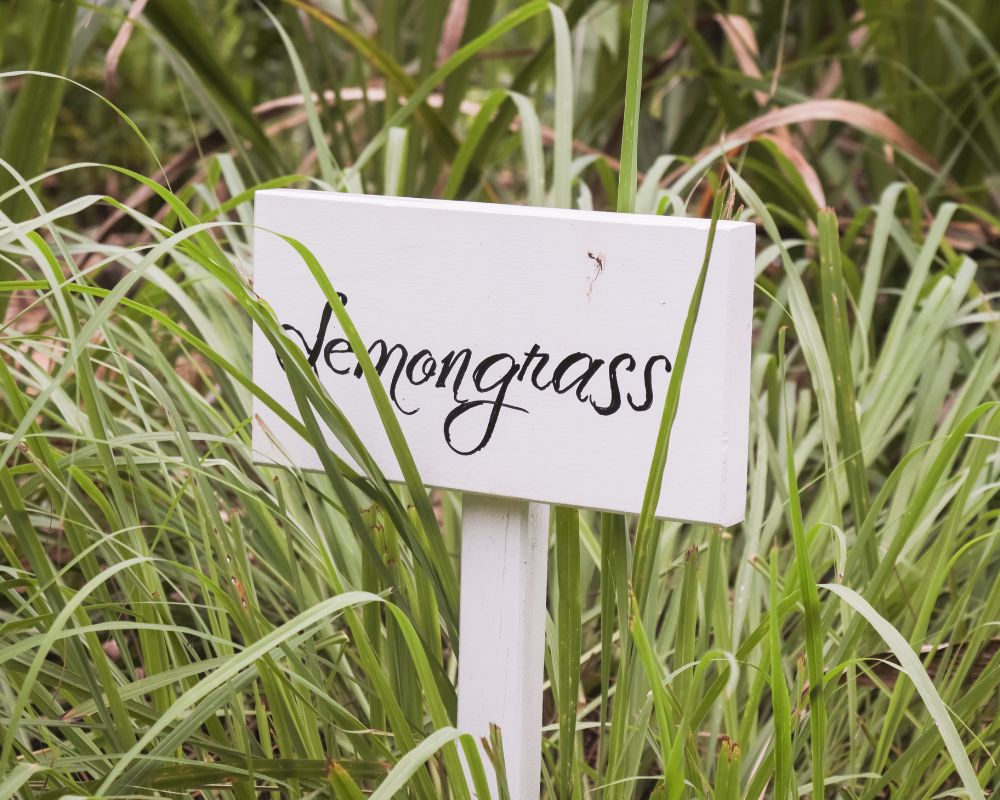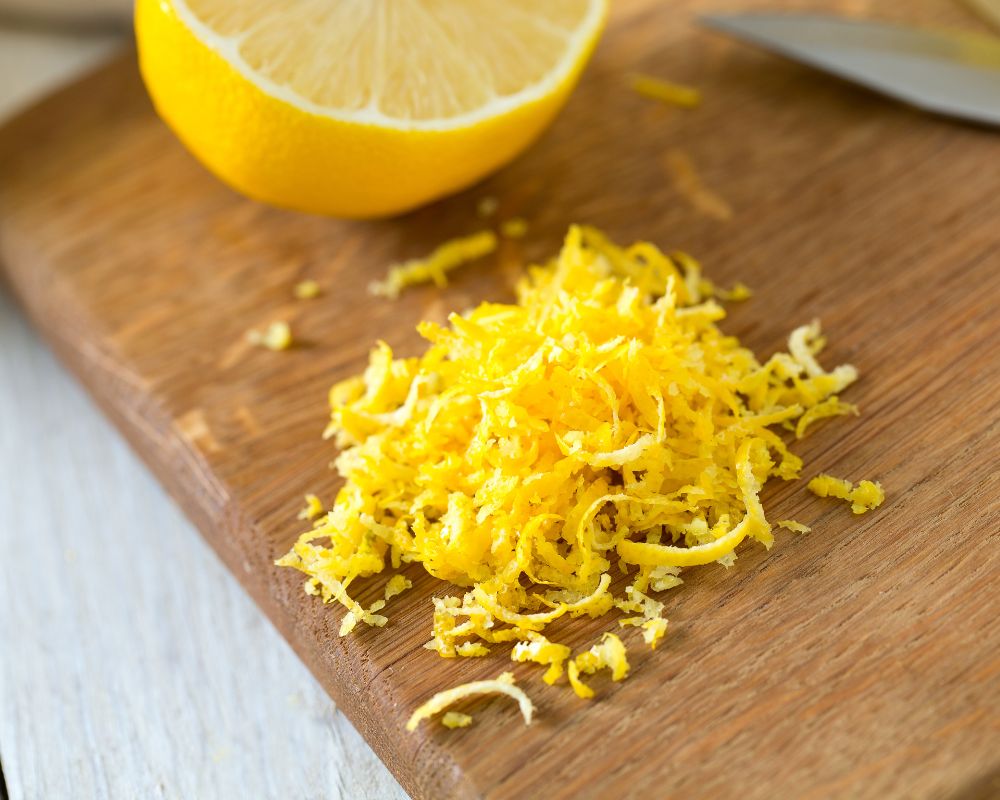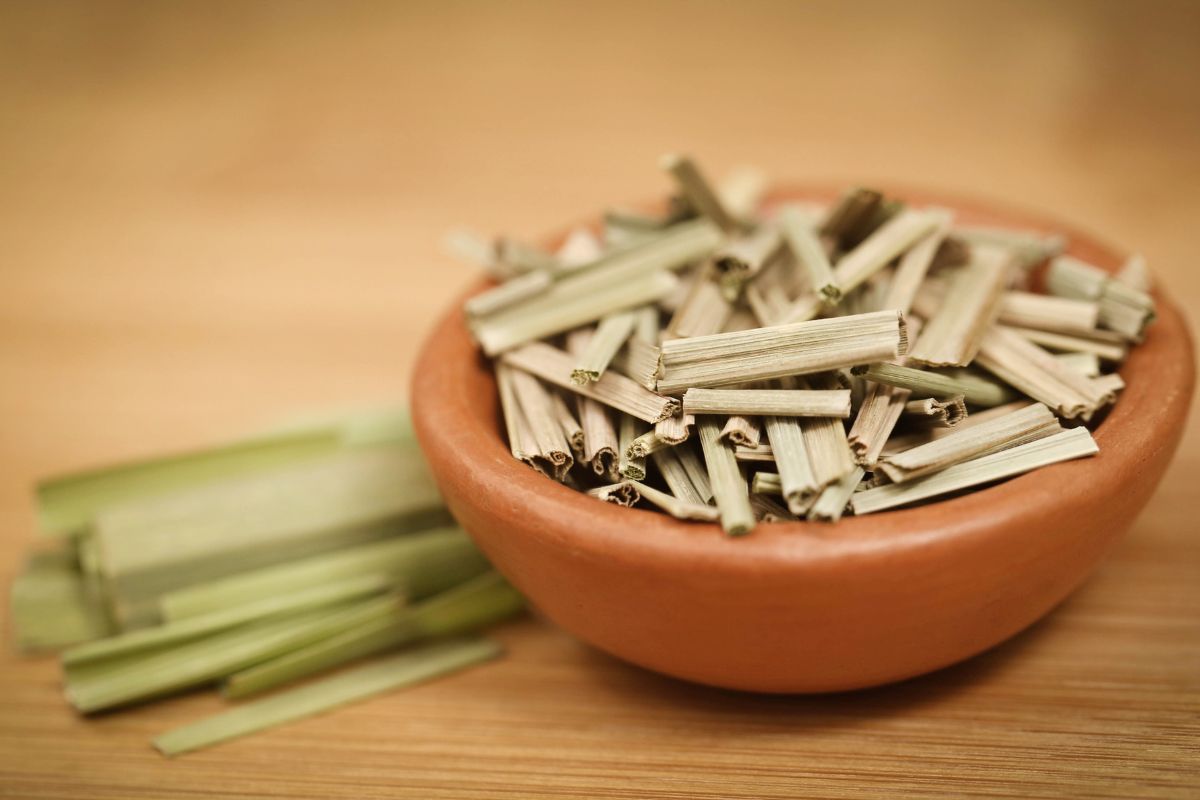Lemongrass seasoning is typically a dried, pale yellow, or tan powder - often made from the stalk of fresh lemongrass. The seasoning may have a slightly grainy texture due to the dried lemongrass fibers. Lemongrass is present in curries, soups, stir-fries, and marinades, adding flavor and aroma.
Table of Contents
What is lemongrass seasoning?
Lemongrass seasoning is a spice blend made with dried and ground lemongrass and other complementary ingredients such as garlic, ginger, and chili pepper. You can find this powder in most grocery stores or specialty Asian stores.
| Origin | Came from in Southeast Asia, particularly Thailand |
| Appearance | Has a light green color and a fine, powdery texture |
| Flavor profile | Lemony, herbaceous, and slightly sweet |
Origin
Originating in Southeast Asia, particularly in Thailand, lemongrass seasoning is used in various cuisines, including Thai, Malay, Vietnamese, and Indonesian.
Appearance
This grass powder seasoning typically has a light green color and a fine, powdery texture and is often sold in small jars or packets.
Flavor profile
Lemongrass powder has a unique flavor profile: lemony, herbaceous, and slightly sweet. It has a strong lemon flavor and a scent reminiscent of lemons and mint.
The seasoning works amazingly with other ingredients, such as garlic, ginger, chili flakes, galangal, coconut milk, turmeric, cinnamon, or cloves – depending on what flavors you want to enhance your dish.
Nutritional Benefits of lemongrass seasoning
Lemongrass has several potential health benefits because it contains flavonoids and phenolic compounds with antioxidant properties. It also has antibacterial and antifungal properties and could reduce inflammation. Some of the health benefits of lemongrass include its ability to lower cholesterol, treat skin conditions, and fight E. coli bacterial infections.
However, when applied topically, lemongrass may cause skin irritation. Some sources suggest that pregnant women should avoid consuming it due to concerns about miscarriage. Therefore, it is essential to consult a doctor before taking lemongrass or any other supplement to avoid potential health risks.
What is lemongrass used for?

Lemongrass is an herb commonly used in cooking, especially in Asian cuisine. Its citrusy flavor and aroma can add a unique and refreshing taste to dishes. Lemongrass is a common spice in soups, stews, curries, curry paste, stir-fries, herbal teas, and marinades.
One popular organic lemongrass recipe is Tom Yum Soup, a spicy and sour Thai soup. Lemongrass powder (Cymbopogon citratus) is one of the key ingredients in this soup, along with other fragrant dried herbs and spices like kaffir lime leaves, galangal, and chili peppers. These ingredients are simmered with shrimp or chicken, mushrooms, and vegetables to create a flavorful and aromatic soup.
Here are some other examples of dishes that use lemongrass seasoning:
- Lemongrass chicken
- Vietnamese pho
- Lemongrass shrimp
- Lemongrass beef stir-fry
- Lemongrass curry
- Lemongrass tofu
Aside from its culinary uses, lemongrass is also a natural insect repellent. Lemon grass oil is incredibly potent in repelling house flies and mosquitoes.
Lemongrass tea relaxes and reduces stress. Finally, lemongrass seasoning is a gluten-free, vegan, and non-GMO condiment that caters to many tastes and preferences.
What is the difference between lemongrass and lemongrass seasoning?
| Lemongrass | A fresh herb that is commonly used in cooking to add flavor to dishes |
| Lemongrass seasoning | A dried and ground mixture of various spices, often used for different dishes |
Lemongrass is a fresh herb that is commonly used in cooking to add flavor to dishes. In contrast, lemongrass seasoning is a dried and ground mixture of various spices, often used for different dishes.
The main difference is that lemongrass is a fresh herb, while lemongrass seasoning is a dried and ground mixture of spices.
What is the difference between fresh and dried lemongrass?
Fresh lemongrass is the stalk of a fragrant tropical plant used in many cuisines for its citrusy flavor and aroma.
On the other hand, dried lemongrass is the dehydrated version of the stalks, which can be used similarly but has a more concentrated flavor.
| Fresh lemongrass | Dried lemongrass | |
| Appearance | A tall, fibrous plant with a bulbous base and long, slender green leaves that resemble grass | Dried leaves, stalks, or powder |
| Flavor | Bright, tangy, and citrusy, with a hint of sweetness | Has a more concentrated flavor |
| Culinary uses | Used in dishes where its flavor can be fully appreciated | Used as a substitute for fresh lemongrass in recipes when fresh lemongrass is not available |
Appearance
Fresh lemongrass is a tall, fibrous plant with a bulbous base and long, slender green leaves that resemble grass.
Dried lemongrass is typically sold as dried leaves, stalks, or powder. The texture and appearance of the two also differ, with fresh lemongrass being firm and green, while dried lemongrass is brittle and tan.
Flavor
The flavor of fresh lemongrass is bright, tangy, and citrusy, with a hint of sweetness. It has a refreshing and zesty taste that is similar to lemon zest.
Dried lemongrass has a more concentrated flavor than fresh lemongrass. It has a slightly sweeter taste with a more intense citrusy aroma.
Culinary uses
Dried lemongrass is often used as a substitute for fresh lemongrass in recipes when fresh lemongrass is not available.
Fresh lemongrass is typically used in dishes where its flavor can be fully appreciated, while dried lemongrass acts as a flavoring agent in spice blends and teas.
Which ingredient can be used instead of lemongrass?

If you don’t have lemongrass, you can use lemon zest or lemon juice as a substitute in some recipes. Lemongrass has a distinct citrusy flavor with earthy undertones, so using lemon as a substitute replicates the citrus flavor.
However, lemon won’t be able to provide the same herbaceous, slightly floral notes that lemongrass has, so the dish’s overall flavor may be slightly different.
Still, you can use lemon zest with other condiments to come close to that mix of flavors. For example, you can mix the lemon zest with garlic, ginger, and pepper.

